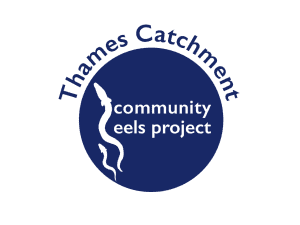Opportunity to teach community
The Thames Catchment Community Eels Project is a partnership led by Thames Rivers Trust and working with Action for the River Kennet (ARK), South East Rivers Trust and London-based environment charity Thames21.
The project works closely with the Zoological Society of London (ZSL) and Thames Estuary Partnership (TEP) to aid the long-term survival of the European eel.
Polly Penn, Head of Working with Communities at the South East Rivers Trust, said: “We have been excited to be part of this project.
“It was a great opportunity to teach people about the lifecycle and plight of the European eel, as well as to contribute to vital data showing the barriers they face in moving along our rivers.
“The South East Rivers Trust has lots of experience either removing barriers or creating fish passes and we hope this project will lead to further enhancing nature along the River Mole in this way.”
Dave Wardle, Chairman of the Thames Rivers Trust, said: “The European eel is an iconic fish and plays an important role in the ecosystems of the Thames and its tributaries.
“We are very pleased to have been able to give local communities along five rivers in the Thames catchment a range of opportunities to discover more about their rivers, eels and their local Rivers Trust.
“The next step is to secure funding for barrier removal or eel passes at the priority sites for eel passage identified during this project.”
Read more about the eels project on our dedicated page.

 The various partners trained 97 people to assess the passability of barriers, using a new methodology called ObstacEELS.
The various partners trained 97 people to assess the passability of barriers, using a new methodology called ObstacEELS.